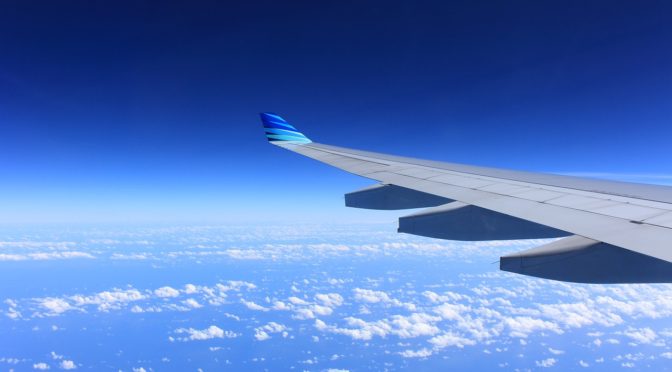 by Allistair Elliott, AFM International Representative for Canada
by Allistair Elliott, AFM International Representative for Canada
Early in 2015, after several years of lobbying efforts by AFM Legislative and Political Director Alfonso Pollard and AFM International President Ray Hair with the National Instrument Carry-On Coalition, the US government voted the Federal Aviation Administration (FAA) Modernization and Reform Act into legislation. It regulated the carriage of musical instruments onboard US air carriers. About that time, given that this act governed US aviation only, AFM Vice President from Canada Alan Willaert asked me to represent the CFM office on behalf of musicians travelling with instruments on airlines in Canada.
With the help of our Ottawa lobbyist, Isabel Metcalf, we began a series meetings that included airline councils, the Canadian Transportation Agency, and the Minister of Transport’s office. We found out that the Government of Canada, under the Harper government, had initiated a complete review of Canadian Transport. Working quickly, we were able to submit documentation of our concerns with a follow-up meeting to the Transport Review Committee.
Chaired by the Honorable David Emerson, PC, OBC, the Canadian Transportation Act Review Report was tabled February 25, 2016. The review encompassed all modes of transport, from rail to shipping, trucking to airlines. We were thrilled to report at that time, the assiduity of our effort was not only mentioned in the report, but also cited as an example of a general theme of harmonization with US and EU transportation standards. Soon after the report was tabled, Air Canada initiated some changes to their own airline policy regarding musical instruments. The changes, which were generally positive, included priority boarding for musicians with instruments and the purchase of a second seat for musical instruments (such as a cellos) was reduced by 50%.
With the change in government, there were many changes in staffing, including a new Minister of Transport, Marc Garneau. After meeting with his staff, we were assured that he would be looking at the recommendations of the Emerson Report on Canadian Transport.
Earlier this year, Garneau announced he would initiate a new passenger bill of rights to modernize the transport industry. It has been important to continue our lobbying efforts, meeting with CTA staff, Garneau’s office, opposition transport critic Kelly Block, MP, and Judy Sgro, MP, chair of the Standing Subcommittee on Transport.
On May 16, 2017, Garneau announced the Bill C-49 proposal to amend the Canada Transportation Act. One of the items detailed in the paper is a requirement that carriers implement standards for transporting musical instruments. This is another step in the right direction for our efforts in this area. The bill has gone through second reading in the House of Commons, and will likely go to committee in September. We have already requested to appear before committee and over the summer we are preparing for this.
Recently there have been some concerns with new Canadian Air Transport Security Authority (CATSA) procedures at some Canadian airports. CATSA has initiated a newer, more efficient, and more automated CATSA Plus. Some musicians have raised concerns about travelling through security with instruments. CFM is working with CATSA to determine the best advice for musicians who have concerns. (Alfonso Pollard’s column in the March 2017 IM has additional information regarding US Transportation Security Administration automated bin lines.) I am currently in communication with CATSA and I hope to soon provide information via local offices with regard to passenger rights going through security at airports.
Our goal throughout our lobbying effort has always been, and remains to be, to achieve harmonization with the FAA Carry On Act, so that musicians travelling throughout North America will have the same policies when travelling on any airline with a musical instrument. In that regard, we continue to work on behalf of all musicians so that the toughest part of the gig is not getting there!


